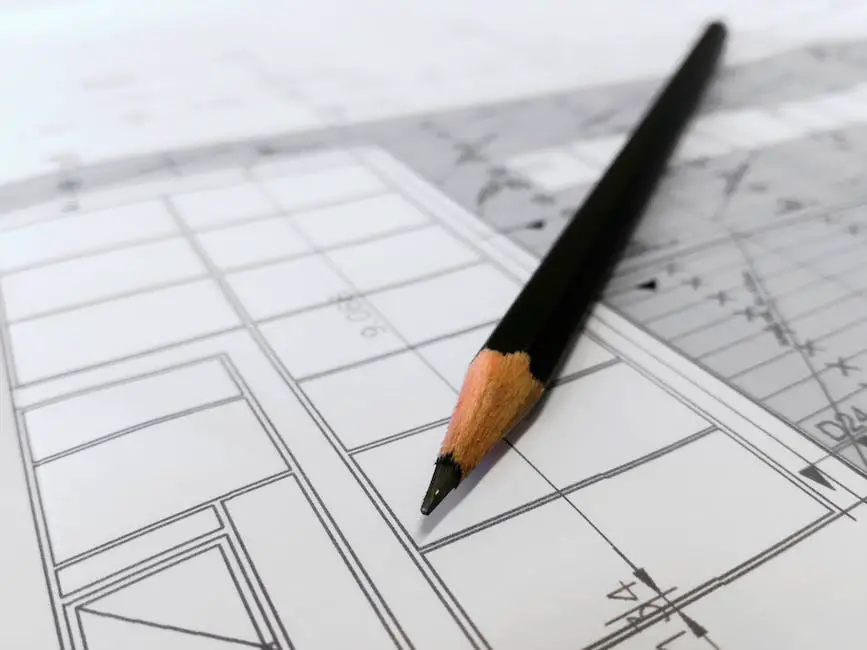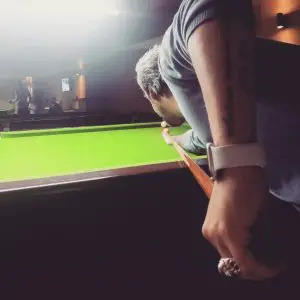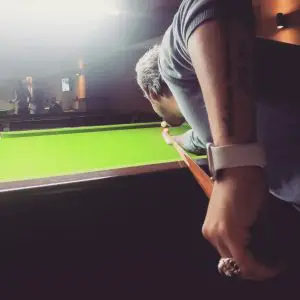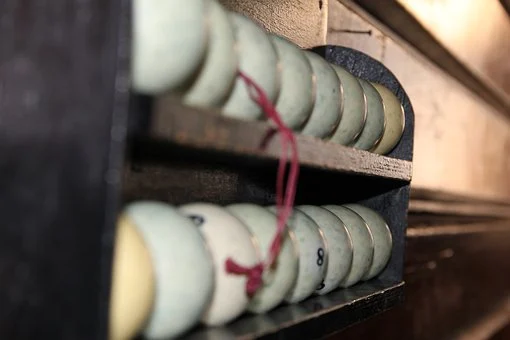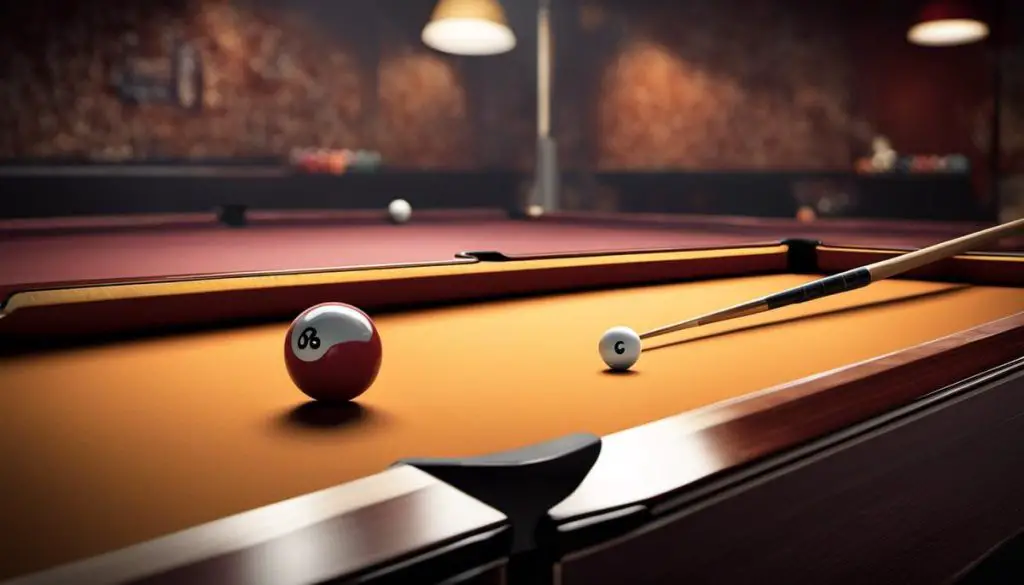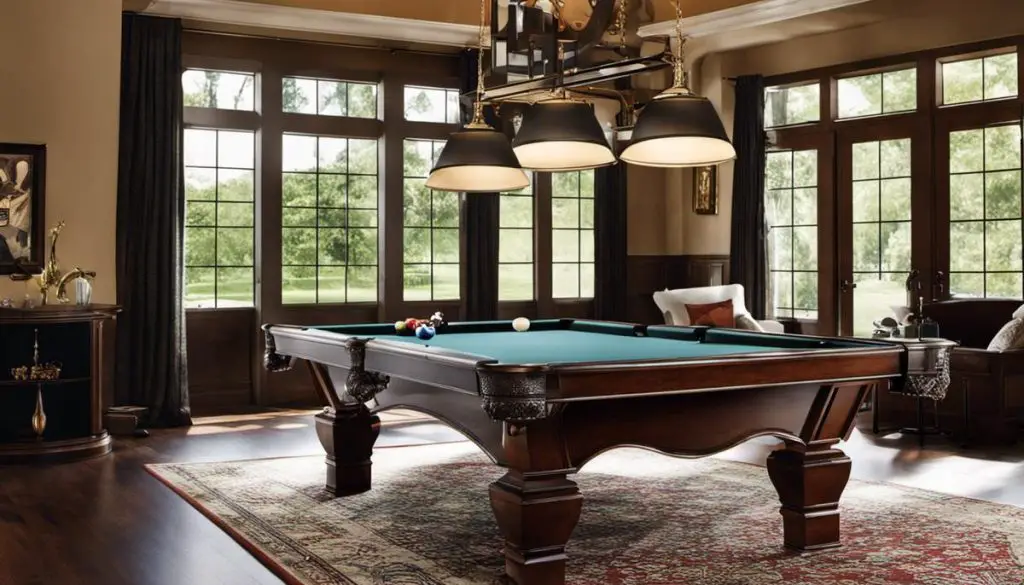Billiard cues are an integral part of any pool enthusiast’s gear, serving not only as a functional implement but also as an extension of the player’s personality and style. The selection and construction of a billiard cue can significantly impact gameplay, much like a tennis racket in a tennis match, or a good pair of running shoes in a marathon. Balanced in heft, feel, and design, with each part, from the tip to the bumper, holding an essential role, billiard cues are an amalgamation of art, science, and sportsmanship. In understanding and appreciating the intricate dynamics of these exceptional tools, we delve into the essence, materials, top brands, and the process of selecting the perfect billiard cue for individual playstyles.
Understanding The Billiard Cues
Whether you’re a seasonal player or a pro at the pool table, the chances are that you’ve marveled at the craftsmanship of a fine billiard cue at least once. If you think of them as just pointed sticks to shoot balls, then boy, are you in for a treat! Let’s dive deep into the intriguing world of billiard cues and their parts, so you can not only appreciate but also understand their significance in the game.
First and foremost, a billiard cue is more than just a mere tool; it’s a wand in a wizard’s hand, capable of commanding the game with precision, control, and flair. It directly affects the player’s performance and the overall outcome of the game.
The main components of a billiard cue are the tip, ferrule, shaft, wrap, collar, butt, and bumper. Each part plays a vital role in the overall functionality and aesthetic appeal of the cue.
The magic starts with the tip. Regarded as the heart of the cue, it directly comes into contact with the ball. Tips are typically made from compressed leather and come in different hardness levels — softer tips for more control and harder ones for power plays.
The ferrule, a small protective piece placed below the tip, minimizes vibrations upon impact, thus offering a more stable shot. The best ferrules are usually made from strong, lightweight materials like synthetic polymers or metallic alloys.
Next, imagine the shaft as the cue’s backbone. Often made from wooden materials (usually maple), the shaft resists deflection, ensuring that the momentum is transferred directly to the ball, meaning straighter and more precise shots.
Wrapped around the upper portion of the cue butt, the wrap provides a more comfortable grip. Irish linen and leather are popular choices for wraps, with the former offering a dry and crisp feel, and the latter providing a soft and tacky touch.
The collar connects the shaft to the butt with a joint, ensuring a secure and smooth connection. It often complements the aesthetics of the cue stick with its design.
The butt makes up roughly the lower two-thirds of the cue. It’s where the design and craftsmanship shine through. This segment is usually heavier, ensuring the proper balance of the cue.
Finally, the bumper, placed at the very end of the butt, protects the cue from hard hits and impacts.
Understanding these components and their functions in a billiard cue brings appreciation far beyond their external beauty; it forms a profound respect for the game itself. By mastering these elements, one can effectively choose the right cues, enhancing the quality of their play. So remember, next time you pick up a cue — it’s not just a stick, it’s a marvel of engineering and craftsmanship designed for your win.
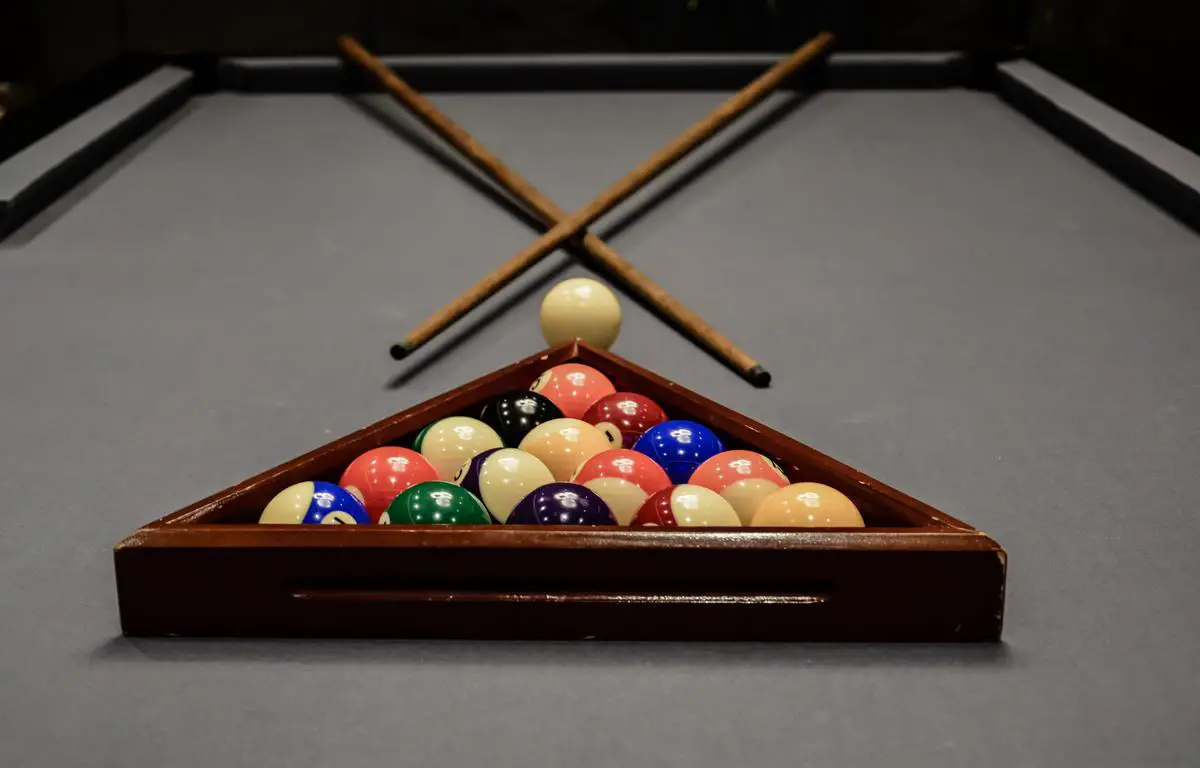
Photo by marceloleal80 on Unsplash
Best Billiard Cue Materials
Moving beyond the basics of billiards cues – which are beautifully crafted utensils crucial to the game – let’s delve deeper into what makes the best cue materials. Now that we’ve covered the basic components and their standard materials, we can take a closer look at the options that mark a difference between an average cue and a top-tier one.
First up are the tips of the billiards cue. While typically made of leather, not all leather is created equal when it comes to cue tips. Among enthusiasts and professionals alike, premium leathers like layered pigskin and Japanese pigskin, due to their compressed nature, are highly valued for their durability, consistent performance, and rebound control.
Next in line is the ferrule. Standard ferrules are fashioned out of synthetic polymers or metallic alloys. However, a well-crafted cue often sports a ferrule made from high-impact resin or even low-density materials like ivory or buffalo horn, renowned for their exceptional hit feedback and minimal deflection.
For the shaft, traditional maple wood is common, but the best cue materials usually involve rare woods from different parts of the globe. North American hard rock maple, for instance, provides excellent durability and flex. In contrast, Ash offers superior feel and feedback, while exotic woods like cocobolo and zebrawood appeal to those interested in the aesthetic aspects.
Moving down towards the wrap, a top-grade cue may sport Irish linen, leather, or silicone. However, wraps aren’t solely a matter of preference; they provide grip and absorb sweat. In this respect, top-notch cues often feature wraps made of stacked leather or hand-woven Irish linen for superior performance in moisture control and improved grip.
The collar and the butt can be made of various materials but are often constructed from the same type to enhance visual harmony. While generally aesthetic, these parts also have a function, with the collar reinforcing the joint and butt housing the weight bolts. Elite cues mainly use exotic hardwoods, burls, or even inlaid artwork to create cohesive, unique designs.
Lastly, the bumper, typically made of rubber, doesn’t see much innovation but plays a crucial role in protecting the cue. A high-quality bumper ensures absorption on impact, effectively safeguarding your piece of craft from unforeseen mishaps.
Thus, whereas an understanding of cues’ basic components is crucial, attention to the finest details and the selection of premium materials can significantly amp up your billiard game. The best cues then are not just well-engineered, but also well-crafted, making fine use of the best materials to instill not just enhancive properties but a standing testament to artistry and class. And that, fellow enthusiasts, is where the beauty of the game truly shines.
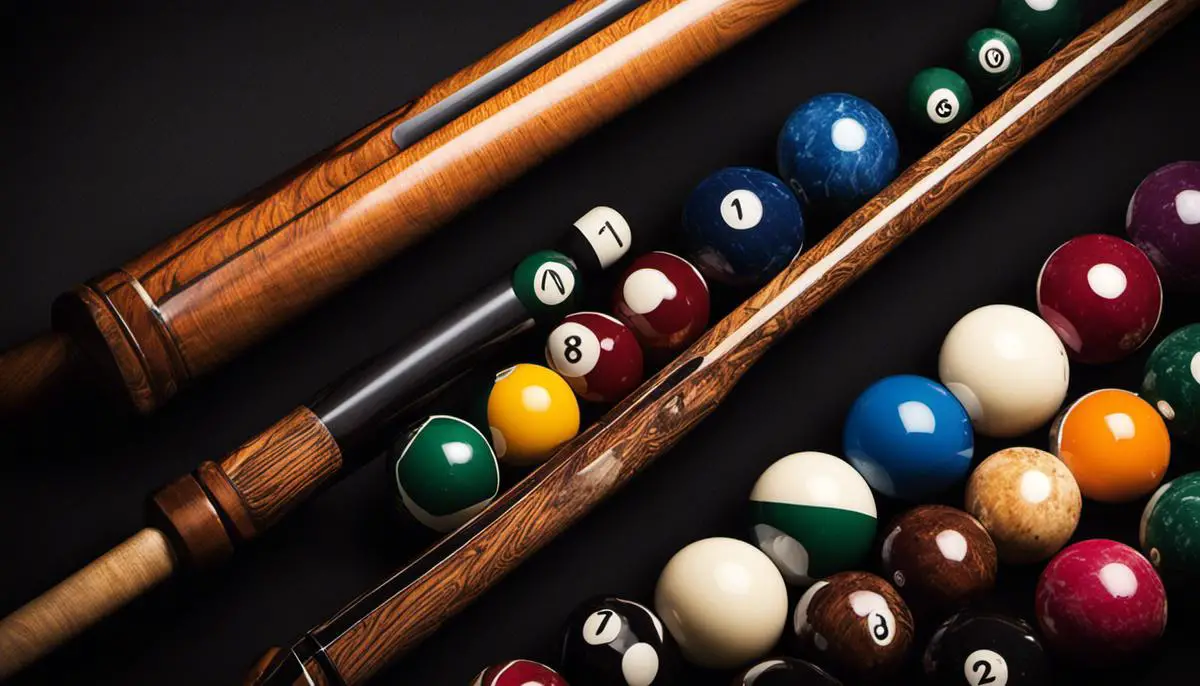
Top Brands in Billiard Cues
Now that we have a comprehensive understanding of the components and intricacies of a billiard cue, let’s dive into the top brands in the market. These companies embody dedication to quality, innovation, and unsurpassed craftsmanship, truly distinguishing themselves in the sphere of billiards equipment.
Predator is a name that pops up frequently among enthusiasts and professional players alike. Predator cues are reputed for their unparalleled performance, thanks to their meticulous engineering. With their patented C4+ technology, they deliver impeccable strength and stability. Predator also leads in innovation with their 314 and Z low-deflection shafts for accuracy and Revo carbon fiber shaft for endurance and power.
McDermott, an American manufacturer, has garnered respect and admiration in the billiards world for its dedication to craftsmanship and quality. McDermott’s cues are famous for their exotic wood and intricate inlay designs. It’s not just beauty they offer but also performance, with features like the G-Core shaft for enhanced control and the Intimidator i-Shaft for superior flexibility and touch.
For those with a penchant for customization, consider a brand like J. Pechauer. J. Pechauer handcrafts each cue with an attention to detail that’s arguably unmatched in the industry. They offer a large array of custom options, giving every cue a distinct and personalized identity. Their unique joint and ferrule design provides a solid hit and exceptional feedback, loved by many players.
Cuetec, on the other hand, is known for its innovative approach to technology and affordability. Their use of a composite cladding of either fiberglass or graphite over wood has led to cues with increased power, longevity, and warp resistance. They also pioneered the use of the R360 shaft made of a tubular composite core, which ensures accuracy and control every time.
Among the brands that exude an aura of elegance is Mezz. Manufactured in Japan, Mezz cues combine beauty, performance, and precision in a beautiful balance. They sport a unique “unified wooden screw” system in their joints, yielding a natural, solid feel on each shot.
Lucasi, a youthful brand, is revered for its balance and solid hit. Providing a mix of technological innovations and traditional craftsmanship, Lucasi cues have become favorites among players seeking consistent performance and durability without breaking the bank.
No matter what your preference in terms of feel, balance, or aesthetic, these top brands in the billiards cues market offer offerings that cater to the need of every player. Whether you’re just starting your journey on the green felt or are a seasoned pro, investing in a cue from a venerable brand can elevate your game and enhance your love for this inviting and intriguing pastime.
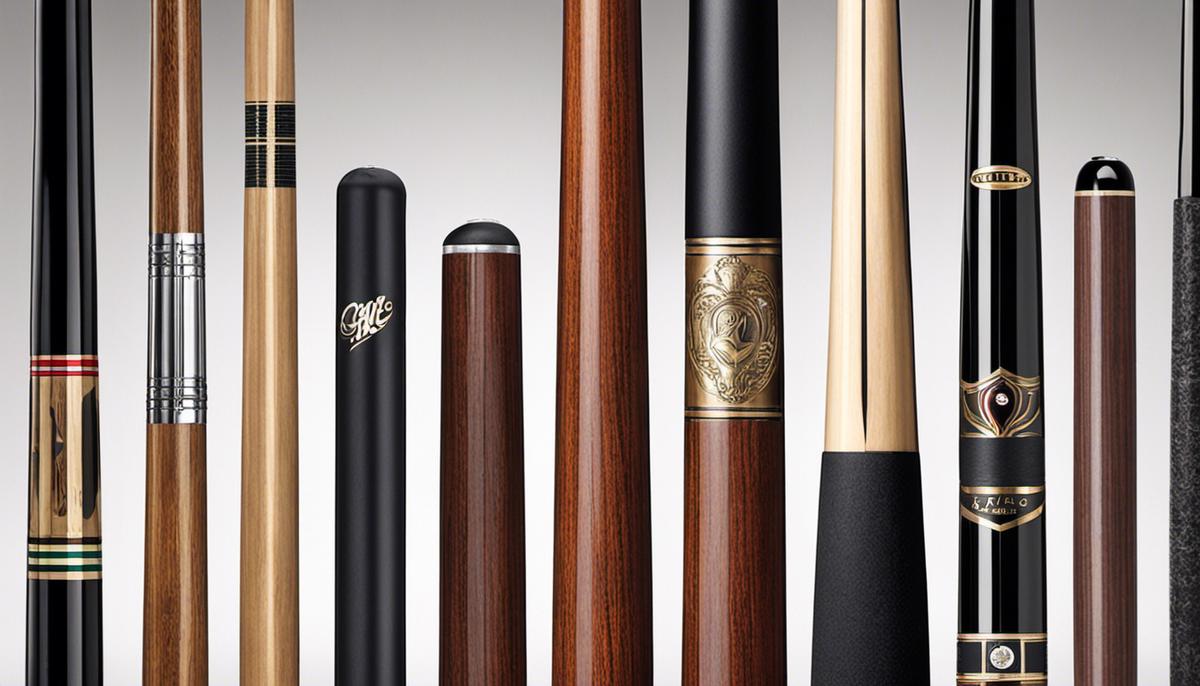
Selecting the Perfect Billiard Cue
The Personal Touch: Customization and Handmade Cues
With the basics nailed down and a general idea about the cue materials and popular brands, it’s time to focus on the nuances that make a cue unique to each player. There’s no denying the craftsmanship in the cues from top brands, but remember, a billiard cue can be as individual as the player.
Prominent cue-makers offer the opportunity for customization, including J. Pechauer, renowned for its attention to detail and numerous customization options. This could be significant for someone looking to tailor a cue’s aesthetic and tactile features to personal preferences. A handcrafted cue allows specificity in every detail- from the choice of material down to the intricacies in collar design.
Length and Weight: The Dynamic Duo
The length and weight of a cue are pivotal to the gameplay. Standard cues typically measure around 57-58 inches in length and weigh between 18 to 21 ounces. However, these can vary according to a player’s height, arm length, and playing style.
Speed-focused players might prefer a lighter cue, enabling swift, whipping movements. Conversely, power players opt for heavier cues to make forceful break shots. Experimenting would help ascertain the optimal cue characteristics that compliment one’s style.
Balance Point: The Pulse of a Cue
The balance point of a cue is subtly influential. It refers to the point where the cue balances evenly, usually around 18-19 inches from the bottom. A balance point closer to the cue’s butt end means a “butt-heavy” cue, providing stability and control. If it’s closer to the tip, it’s considered “front-heavy”, allowing for greater power but potentially straying accuracy. Again, this boils down to individual playing styles and preferences.
Quality vs. Price: The Classic Dilemma
The price range for billiard cues is vast, spanning from economic to premium. Cuetec cues, known for innovative technology, offer a more affordable entry into the world of quality cues. Alternatively, a seasoned player might consider a Predator or Mezz cue, esteemed for their performance and precision, albeit at a higher price point. It’s essential to balance one’s budget against the perceived improvement in gameplay.
Remember, a billiard cue isn’t just a game tool; it’s an extension of the player, meshing seamlessly with style and skill toward stride on the billiard’s battlefield. While the perfect cue doesn’t guarantee victory, it improves consistency, control, and confidence significantly – a combination that breeds success on any table.
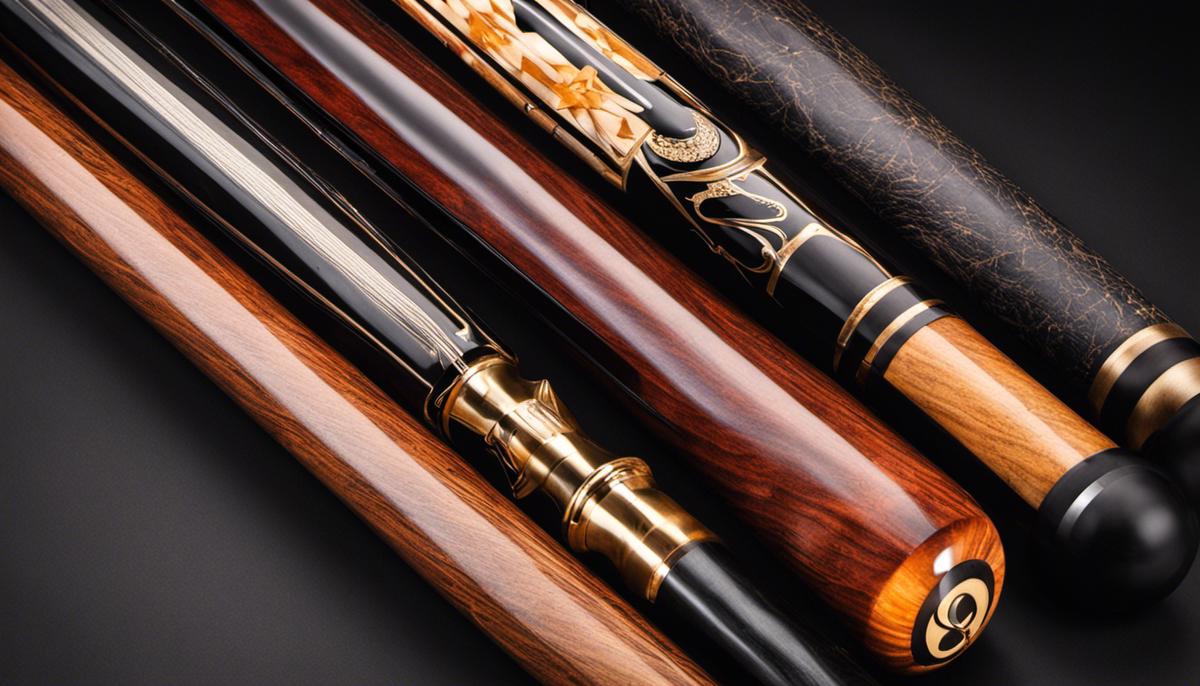
Choosing the right billiard cue is a journey of self-discovery that extends beyond the technicalities. As you hold various cues, test their balance, assess their materials, weigh their strengths, and gauge the superiority of renowned brands, you start to paint a clearer picture of what works best for you. Remember, though, that the ‘perfect cue’ is a matter of personal preference that aligns with your style, comfort, and skill level. Whether you’re a seasoned professional or a casual player, taking the time to understand, admire, and choose your instrument is an investment that markedly enhances your overall billiard experience. Embrace this quest, and may you find the billiard cue that feels as though it was crafted just for you.

